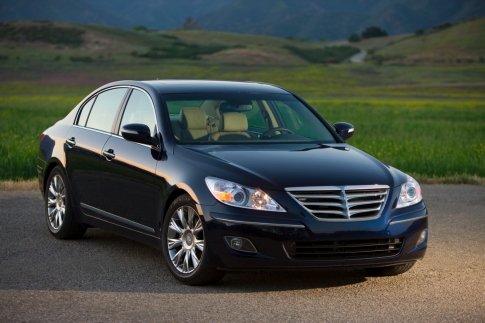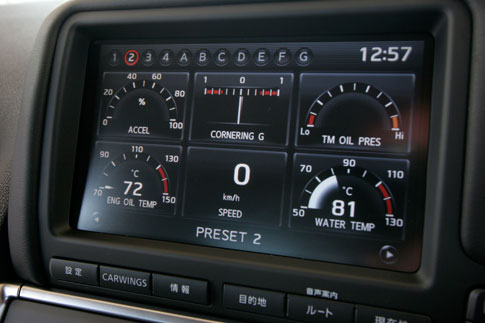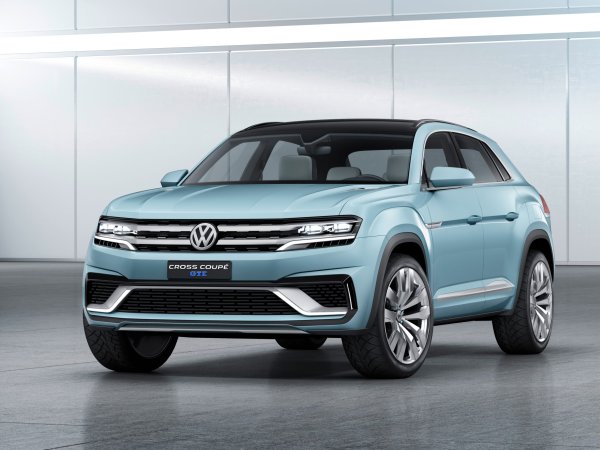

Detroit, as we call the North American International Auto Show, has always been a spectacle of automotive muscle and mischief. This year’s biggest story didn’t stray: It was the twin-turbo V6.
It’s now the engine of choice for the Acura NSX, the Ford GT, and the Infiniti Q60, among others, and a testament to how far engine technology has come. The engines we saw this year can wring so much power—600 horsepower, in the case of the GT—out of relatively modest mills, and their efficiency can skyrocket when paired with a lightweight chassis and a few electric motors, as Acura plans to do. Hybrid or not, these cars’ hearts sound beastly and will hold their own in the stratosphere of supercar tech.
That’s not to say Popular Science didn’t encounter any surprises in the showroom this year. Here are 10 vehicles that stood out among the crowd in Motor City.
Follow Popular Science’s complete 2015 Detroit auto show coverage at popsci.com/detroit-auto-show.























